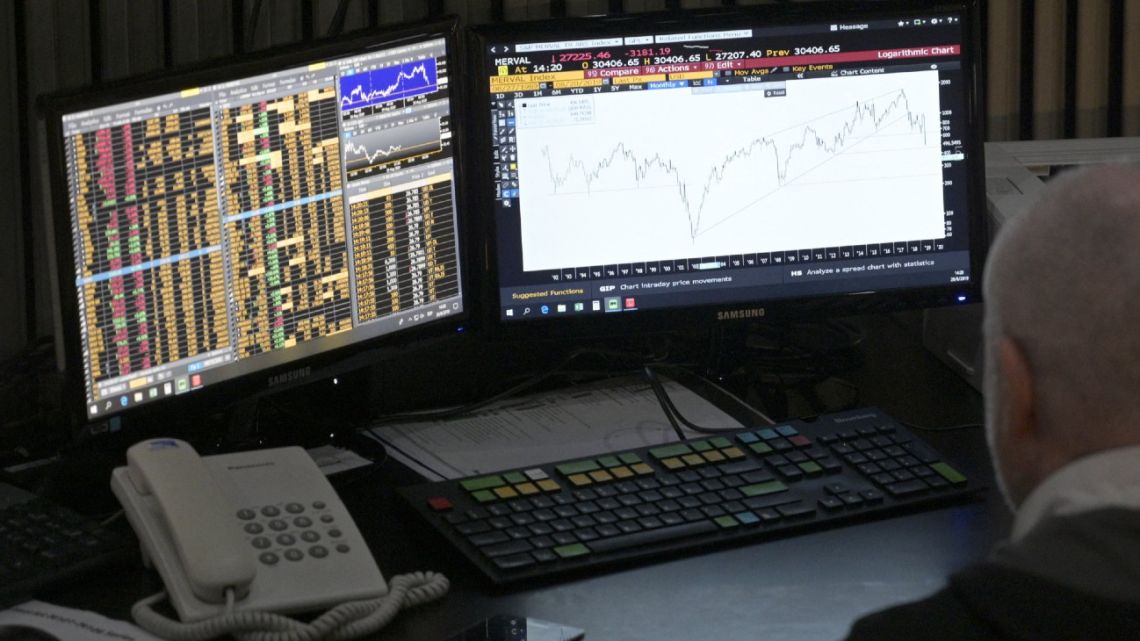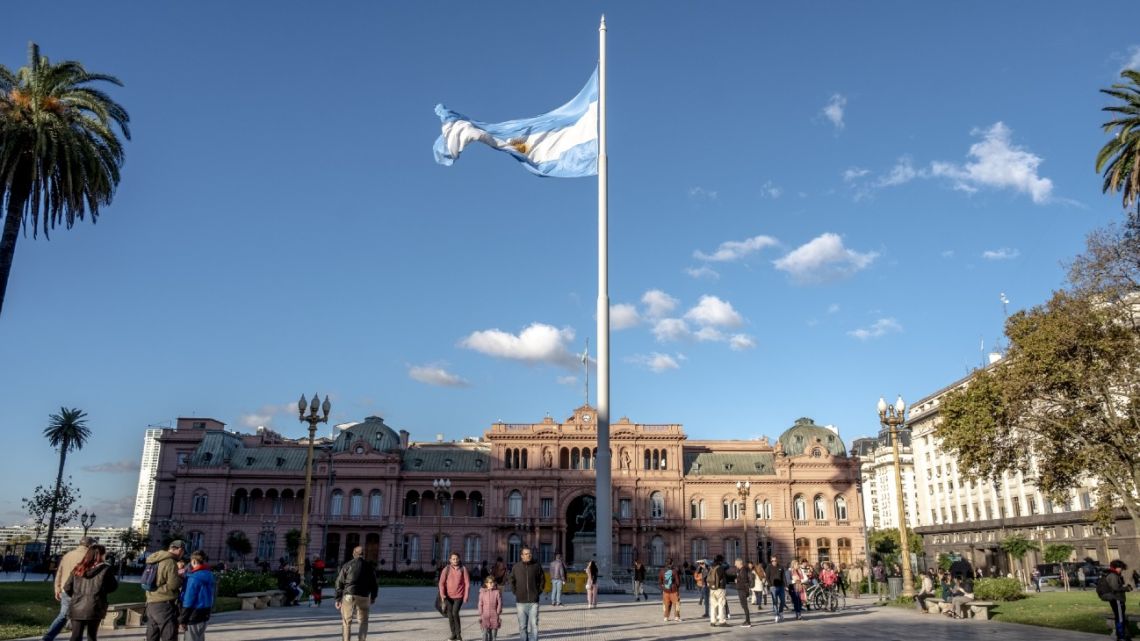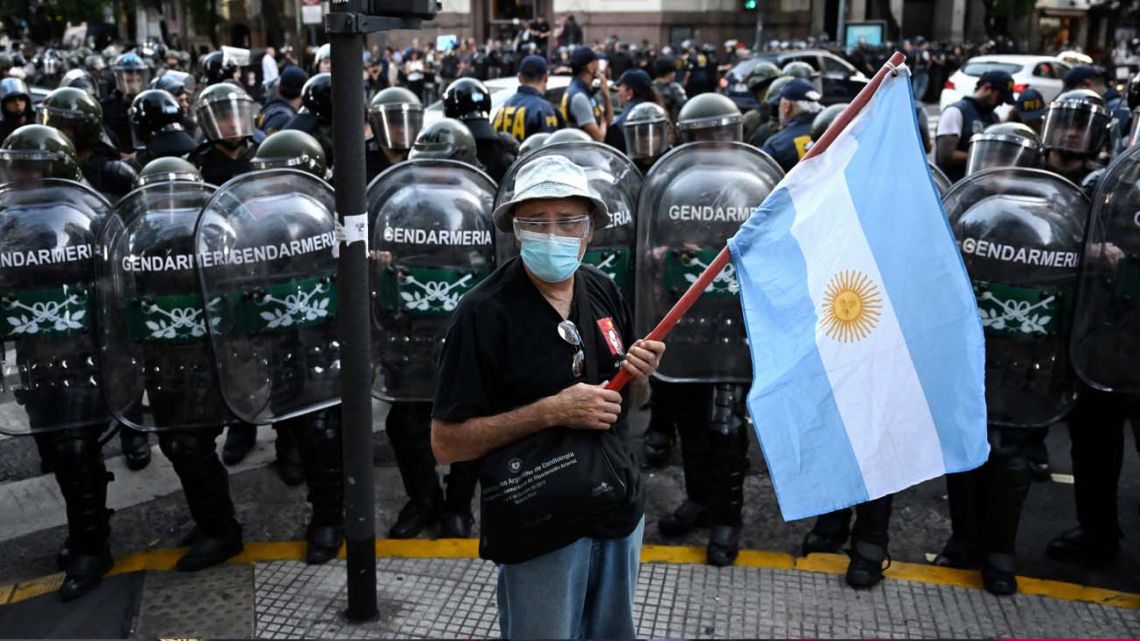Traders on Brazil’s B3 exchange reported a volatile day on April 2, 2025, as the Ibovespa edged up 0.03% to 131,190.34 points. The slight gain followed a choppy session driven by global uncertainty over U.S. tariffs under President Donald Trump.
Meanwhile, the dollar climbed 0.25% to R$5.6967, reflecting market jitters. The day unfolded with investors eyeing Trump’s looming tariff announcement, expected that evening, which could hit Brazil’s key exports like petroleum.
Wall Street’s ups and downs added to the tension, yet a late rally in U.S. tech stocks lifted spirits. Consequently, the Ibovespa recovered from midday dips, buoyed by stable giants Petrobras and Vale.
GPA shares soared 24% as Nelson Tanure’s Saint German fund pushed for a board shake-up, signaling a potential turnaround. However, CSN dropped 5.17% amid weak steel prices and tariff fears.
Cogna fell 3.24% after a lackluster investor meeting, while Brava Energia and Prio slipped 2.78% and 2.5% after Goldman Sachs downgrades. Globally, markets showed mixed results.
 Brazil’s B3 Rises 0.03% as U.S. Tariff Fears Grip Traders on April 2, 2025. (Photo Internet reproduction)
Brazil’s B3 Rises 0.03% as U.S. Tariff Fears Grip Traders on April 2, 2025. (Photo Internet reproduction)The Dow Jones dipped 0.03% to 41,989.96, but the S&P 500 rose 0.38% to 5,633.07, and Nasdaq gained 0.87% to 17,449.89. Europe’s Stoxx 600 fell 0.5%, and Asia’s Nikkei and CSI 300 declined 0.7% and 1.2%, respectively, as tariff worries spread. Trading volume hit R$12 billion, below the year’s R$15 billion average, suggesting caution.
Brazil’s Market at a Crossroads
The iShares MSCI Brazil ETF saw R$150 million in outflows, hinting at global investors stepping back. Technically, the Ibovespa hovered near resistance at 133,500, with support at 130,500, and an RSI of 58 indicating steady momentum.
Analysts noted the market’s resilience stemmed from U.S. job data, with 155,000 private sector jobs added in March, beating forecasts of 115,000. This strength indirectly supported Brazil’s index.
Still, Trump’s tariff plans kept everyone on edge, especially with petroleum exports at risk.
Behind the figures lies a broader story of Brazil navigating global trade shifts. The market’s modest rise masks a tense wait for clarity on U.S. policy, which could reshape export revenues.
Petrobras and Vale held firm, but smaller firms like GPA and CSN revealed the stakes of domestic strategy versus international pressure. As night fell, traders braced for Trump’s speech, knowing it could swing the market sharply.
The day’s data—131,190.34 points, R$5.6967, R$12 billion in volume—tells a tale of cautious stability. Yet, the real narrative hinges on how Brazil’s economy will weather the tariff storm ahead.
This moment captures a nation’s market at a crossroads, balancing local wins against global risks. Investors watch closely, aware that the next move depends on decisions made far beyond São Paulo’s trading floor. The numbers reflect resilience, but the future remains uncertain.

 By The Rio Times | Created at 2025-04-03 07:32:48 | Updated at 2025-04-05 01:19:22
1 day ago
By The Rio Times | Created at 2025-04-03 07:32:48 | Updated at 2025-04-05 01:19:22
1 day ago








